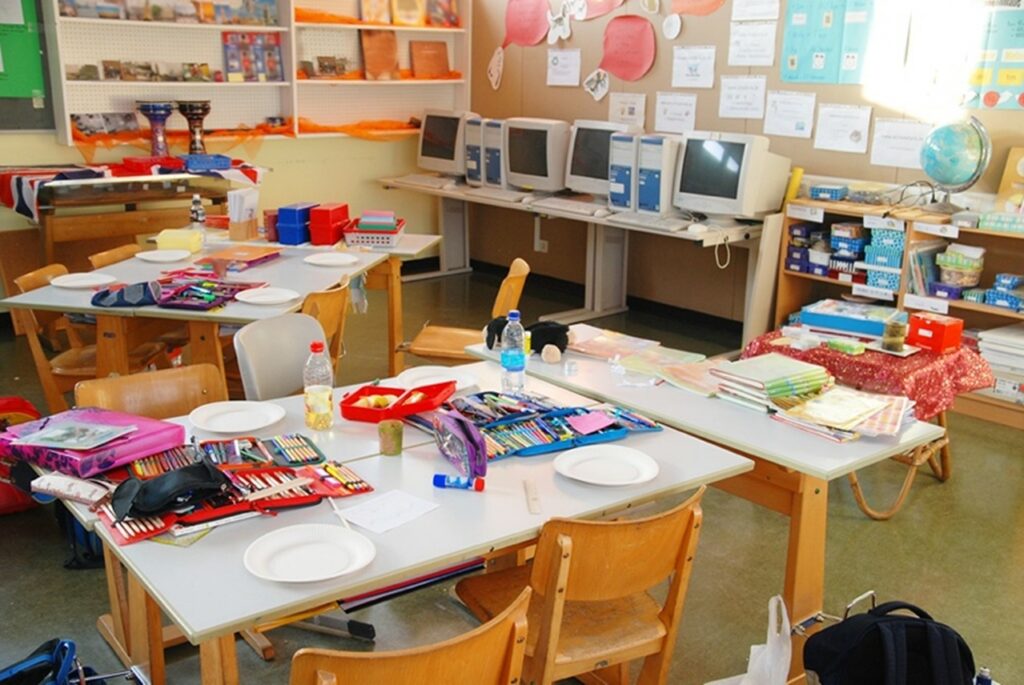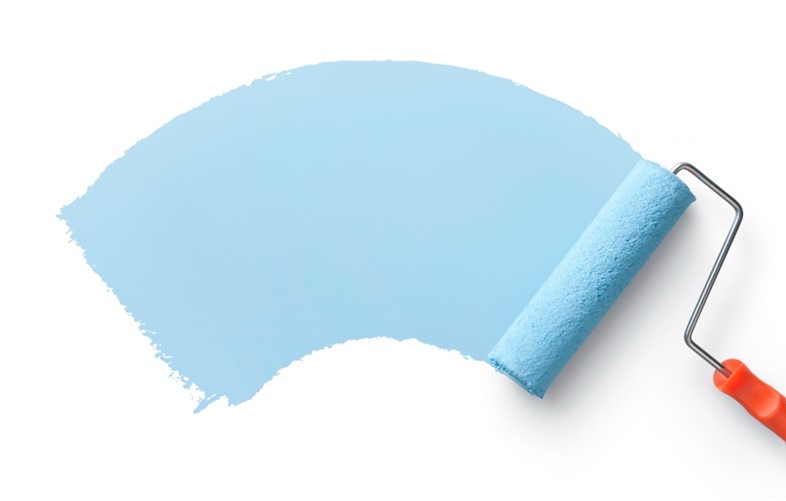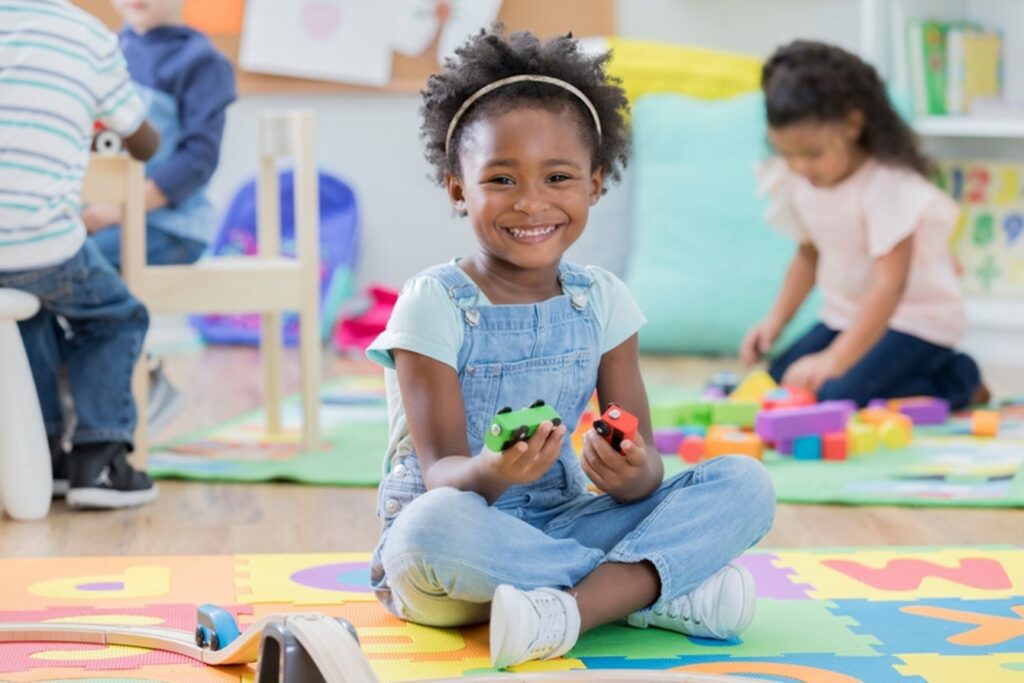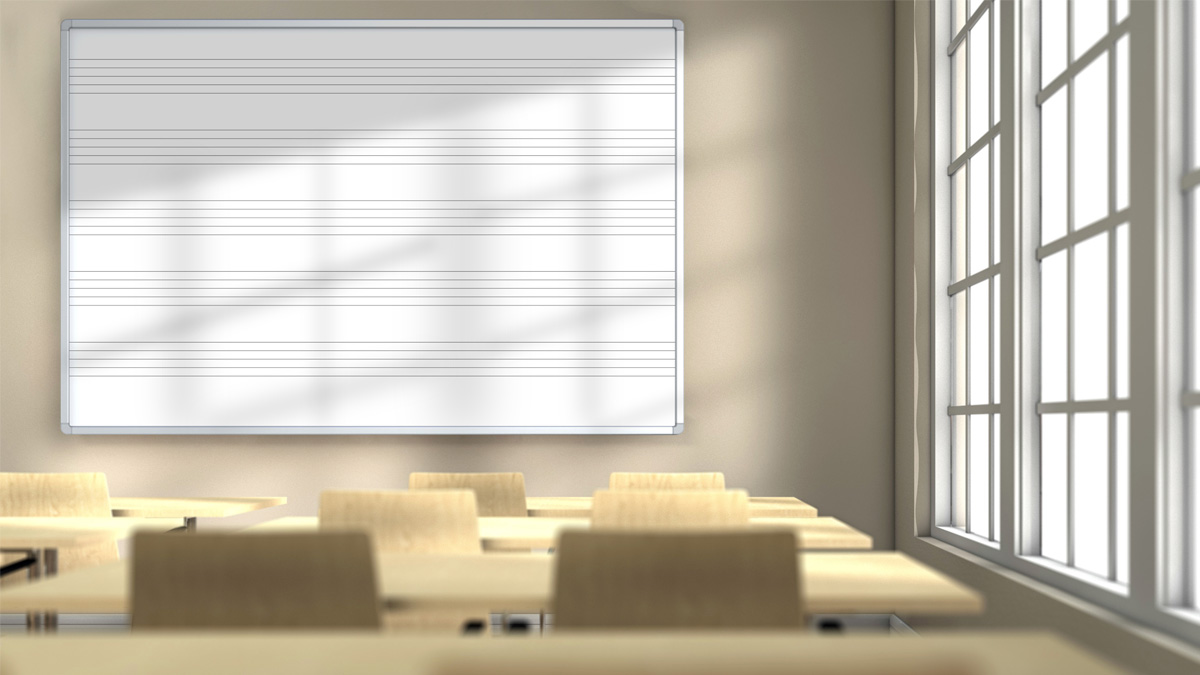How Visual Design Impacts Learning
Does the visual design and layout of a classroom hold any significance? Does it influence a student’s ability to learn? I can confidently affirm that it does, and I have a compelling personal experience backed up by research to support this claim.
My grandson, who is on the autism spectrum and sensitive to sensory overload, was gearing up for his first day in kindergarten. Before the start of the school year, we had visited the classroom—then still a mostly bare, calm space waiting for its annual makeover. He seemed comfortable, curious even, exploring the room—a promising sign for a smooth transition to his new educational setting.
However, when D-day arrived, his reaction was bewildering. The moment he entered his classroom, he immediately turned around and dashed out the door and down the hall. Despite gentle coaxing, he doggedly refused to re-enter.

Looking for answers, I sought help from the school psychologist. As part of the assessment, he accompanied my grandson into the classroom. In a matter of minutes, he was back, mirroring the same reaction as my grandson. “I understand why he doesn’t want to be there. I wouldn’t be able to focus in there either,” he confessed. The once bare classroom was now a riot of colors, decorations, and materials—a typical sight in most classrooms but a sensory minefield for my grandson.
Preschool, Kindergarten, and Elementary classrooms are often highly decorated environments. Most teachers spend considerable time and money at the beginning of each school year to transform their classrooms into stimulating learning environments and some teachers cover every inch of available space resulting in an overstimulating sensory environment that bombards students visually.
Classroom Design: More Than Just Aesthetics
Does the visual design of a classroom affect how students learn? As it turns out, it does—profoundly.
A brightly colored classroom and walls covered in decorations might be a teacher’s pride, but for many students, it can be a sensory labyrinth. You might think that a visually rich environment would spur creativity and interest. However, a study by Godwin et al. discovered that increased visual complexity in classrooms could actually reduce on-task behavior and found that children spent significantly more time concentrating on their environment in the overly decorated classroom compared to those less adorned.
Imagine trying to focus on a book while in the middle of a bustling carnival; that is what an overly decorated classroom can feel like to some students. Classroom design is not just about creating a visually pleasing environment; it is about creating a conducive learning atmosphere for all students. Researchers have created the term “visible noise,” to describe this problem of too much visual stimuli.
Sensory Overload: When Less is More
My grandson’s reaction made more sense when I delved into Martin and Wilkins’ research. For students with autism spectrum disorder (ASD) who are often more visually astute, a visually chaotic classroom can lead to sensory overload, making learning a daunting task. A classroom peppered with numerous posters, brightly colored walls, and piles of materials might appear exciting and stimulating to some, but it can be a sensory nightmare for students with ASD.
Visual design is important for all learners, but for autistic students and those with hyperactivity and sensory processing disorders, it becomes even more critical. The key is to strike a balance between an engaging and calming learning environment, which will not just benefit them but all students in the inclusive classroom. Research tells us that all students spend less time on task and are more distracted in classrooms that are overloaded with visual stimuli.

Color Psychology: Not Just a Pretty Palette
Color choices in a classroom are also important. They do more than just beautify the space; they can significantly influence students’ emotional states. Cool tones can create a sense of calm and help in reducing anxiety. On the other hand, warm colors may stimulate energy and creativity. For example, blue hues can have a calming effect, while vibrant colors like red and yellow might energize the students but could also potentially increase restlessness. When teachers want to hang posters and student art on classroom walls it helps when the walls and other surrounding colors such as blinds or drapes have neutral or soothing shades such as blue or light gray.

The Importance of Spatial Arrangement
To learn new material, students need to be able to focus on the teacher. A cluttered classroom with a lack of clear pathways can confuse and frustrate students. Imagine trying to locate a book in a disorganized library—that is the struggle some students face in poorly arranged classrooms.
The layout of furniture and learning materials in a classroom can either enhance or hinder the learning experience. A well-planned spatial arrangement and tidy classroom design ensure easy access to learning materials and create an environment that is inviting rather than intimidating. Classroom design should take into account easy accessibility, clear pathways, and the comfort of all students and ensure that they can easily interact with their learning environment, whether that means reaching a bookshelf or a clear visual path to seeing the teacher’s whiteboard.
Inclusive Design: Accommodating All Learners
Inclusive design goes beyond just accommodating students with special needs. It’s about creating a classroom that feels welcoming and recognizes and caters to the diverse needs of all students. For example, providing quiet corners or sensory-friendly spaces can benefit everyone and help students with ASD or sensory sensitivities feel more comfortable and engaged. Appropriate visual design can remove barriers to any student’s learning experience.

The Future of Classroom Design
The story of my grandson serves as a reminder that every detail matters when it comes to education. Visual design in classrooms is no longer a peripheral concern or just an aesthetic choice, but a key component in creating effective learning environments. Reducing distracting visual stimuli is one of the easiest and most valuable changes teachers can make in their classrooms.
By creating an organized and focused setting, teachers can keep students focused on their lessons without having to worry about them getting distracted by their surroundings. By striking the right balance in visual complexity, color usage, spatial arrangement, and inclusive design when setting up the classroom, teachers can support on-task behavior and create classrooms that inspire, engage, and unlock every learner’s potential.
- Godwin, K. E., Leroux, A. J., Scupelli, P., & Fisher, A. V. (2019). Classroom Design and Children’s Attention Allocation: Beyond the Laboratory and into the Classroom. Journal of Learning Environments Research.
- Martin, R., & Wilkins, J. (2021). Creating Visually Appropriate Classroom Environments for Students With Autism Spectrum Disorder. Journal of Special Education and Rehabilitation.
Ymkje Wideman-van der Laan is an author and certified autism resource specialist with a background in teaching. Originally from the Netherlands, her work has taken her around the world, where she helped set up classrooms and libraries in under-resourced areas in Asia and the Middle East. In 2006, she moved to the United States to care for her infant grandson, Logan, who was later diagnosed with autism. This personal experience deepened her commitment to autism advocacy and education. Currently, Ymkje lives in California with her 17-year-old grandson and uses her expertise to lead autism training workshops. She works with early childhood educators, teachers, parents, and caregivers, offering practical guidance on supporting individuals with autism.













